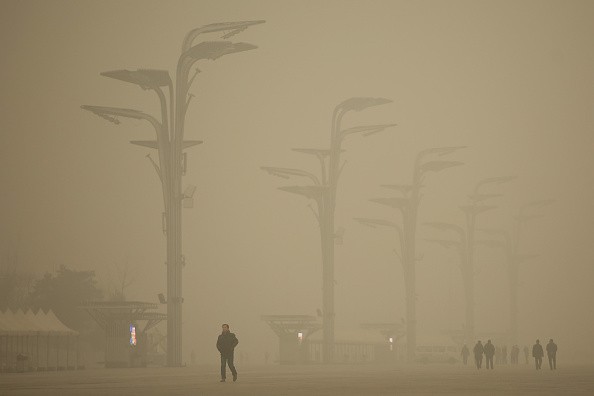
Both New Delhi and Beijing have serious, even deadly levels of air pollution. But the two cities deal with their smog problems in very different ways.
In early December, the air quality in Beijing was forecast to reach hazardous levels for 3 straight days. The Chinese government issued a red alert about the smog. This action led to having cars come off the roads in the city within hours, schools being closed, and construction sites shutting down. Within 3 days, pollution levels had dropped by 30%.
When the air in New Delhi became seriously bad recently, that city's top official declared that the use of cars would be restricted starting on Jan. 1, with odd and even license plates taking turns on the roads. But police officials quickly announced they would have trouble enforcing this rule and no one could say if the over-crowded public transit system could absorb millions more commuters. It appears that driving will not be limited.
"We will not do anything which will cause inconvenience to the public," said New Delhi Chief Minister Arvind Kejriwal in a speech after his own announcement of the limitation. "If there are too many problems, it will be stopped."
Why the difference in tactics? Beijing is bowing to pressure from its middle class to keep pollution under control. Traffic is regularly restricted in the city, factories have been moved out of the city, and the central government is anxious to limit the use of power plants that burn coal.
New Delhi has air that is far more polluted than Beijing, but its environmental court has only limited legal powers. Indian officials have suggested everything from car-free days to planting more trees to dedicated bus lanes, but there have been angry headlines over the air quality.
When Beijing announced its red alert, which triggered severe limits on traffic, the Times of India ran the headline:"As Delhi debates, Beijing declares war on pollution."
A major difference between the two cities is that China has an authoritarian system that makes policy changes much more straightforward than in India, where a chaotic government makes it easier for polluters to avoid regulations.



